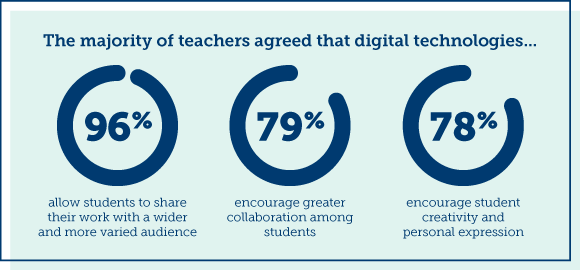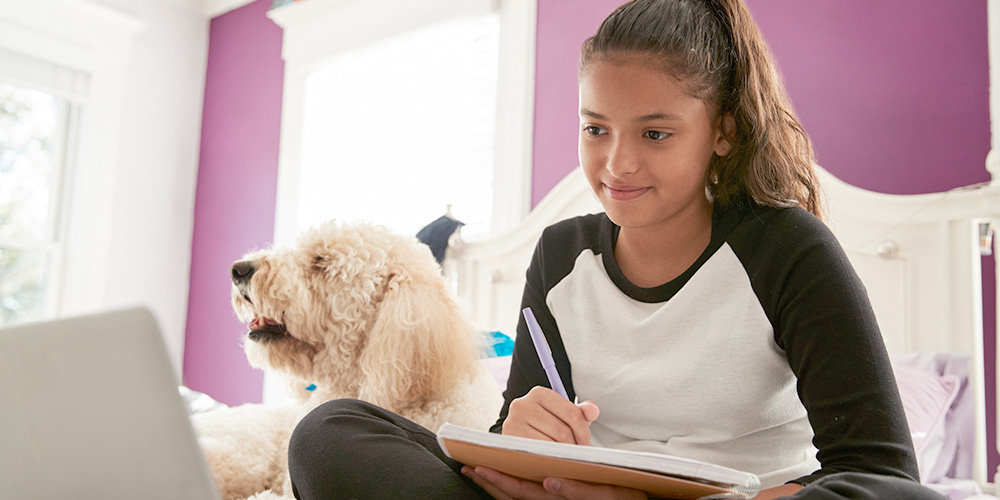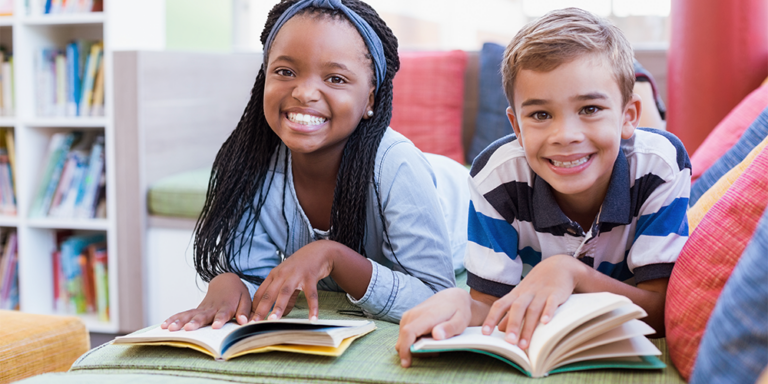For ELA teachers, social media presents a great irony: These platforms allow more people to write and publish to a wider audience than the world has ever seen. Yet the platforms also lend themselves to unconventional, undisciplined composition practices.
We know social media isn’t going anywhere. So instead of fighting against it, perhaps the question should be: How can we use it to our pedagogical advantage?
Social Media and Composition: The Big Picture

Any ELA teacher would cringe to run across a student using the letter “u” instead of “you” in a formal essay. However, in a 2012 Advanced Placement and National Writing Project survey, the majority of teachers identified several advantages to Internet communication channels. For example:
- 96% agreed that digital technologies “allow students to share their work with a wider and more varied audience”
- 79% agreed that digital technologies “encourage greater collaboration among students”
- 78% agreed that digital technologies “encourage student creativity and personal expression”
So that’s how teachers believe social media can help with composition. But how does it actually play out in today’s pedagogy?
Using Social Media to Strengthen Student Writing
Here are some ways teachers can leverage social media to strengthen their students’ writing and communication skills, from Edutopia:
- Consistency: Many ELA teachers extol the virtues of regular writing prompts. After all, the more consistently students write and interact with rules of grammar and composition, the more they’ll internalize the skills of writing correct and compelling sentences. One of the beauties of social media is that it provides an outlet for people to produce however much content they want, whenever they want. Thus, social media can be a great platform to keep students writing, publishing, and responding to feedback consistently. As students post, you can challenge them to incorporate new vocabulary words, sentence structures, or higher-order concepts they’re learning about in class.
- Feedback: Typically, when students write something for school, their only audience is their teacher and maybe a couple of peers. But on social media, students can easily share their work with the whole class and have highly interactive conversations to help them improve their writing. Social media also allows students to reach a wider audience beyond the classroom, and possibly even interact with some of the creators, politicians, and professionals they’re learning about in school.
- Confidence: If you’ve ever posted something online, you know the temptation to check for “likes” and comments can be overwhelming. You want to know if what you wrote resonated with others and make sure no one reacted poorly. Your students are no different, and they likely struggle with anxiety in this area. However, the more they practice posting online and responding to feedback (both positive and negative), the more confidence they will build. And as they become more confident, they’ll be more motivated to write and publish their work.
- Collaboration: Social media is built for interaction—and what’s more, it can make collaboration fun. Students can use Google Docs and wiki sites to collaborate in real-time, or they can have conversations and share resources via Twitter or Facebook groups. These tools allow students to work synchronously or asynchronously, plus they’ll have a built-in record of their conversations. Students will build their composition and communications skills without thinking as they seek to be heard and understood by their classmates.
Social Media and Student Writing: What’s the Downside?
Despite the fact that students are writing and communicating more than ever before, social media’s dominance in the culture does come with some drawbacks. Teachers are up against myriad challenges when trying to teach formal writing conventions in a culture dominated by GIFs and ever-evolving acronyms and slang.
However, with the right techniques, teachers can use Facebook and Twitter as tools to elevate composition rather than stumbling blocks to overcome. Here are some challenges social media introduces to the teaching of rhetoric and composition, plus methods to curb their negative impacts:
- Formal vs. informal writing: Like text messaging, social media invites the use of shorthand and casual language. Because of this, teachers need to be diligent about showing students the difference between formal and informal writing, and when it’s appropriate to use each. Issues of formality include vocabulary, sentence structure, tone, and more.
- Widely varied audiences: The wide-open possibilities for different audiences online can be a double-edged sword. As mentioned in the last section, a large audience provides more opportunities for feedback and collaboration. But it also means that students need to understand the concept of audience awareness when they write and publish online. Teachers need to educate students on what’s appropriate to share online, which platforms might be best for different conversations, and how to navigate issues of tone, vocabulary, plagiarism, etc.
- Limited space: Social media unquestionably favors succinct expressions of thought. After all, when you’re competing with millions of others for attention, you need to get to the point quickly. However, some types of composition and some topics merit longer forms of communication and more critical engagement than social media typically allows for. Teachers need to guard students against the addictive nature of social media and reinforce the value of other forms of writing and discussion.
- Accessibility: Unfortunately, not all homes and not all classrooms have the same level of access to the Internet or computer hardware. Before assigning students to post or interact online, teachers need to make sure all their students can access the appropriate sites either at home or in the classroom.
- Taking writing seriously: Many students regularly use social media and other online technologies as a form of recreation, whether it’s talking to friends, finding entertainment, or following celebrity gossip. So if you introduce social media as a pedagogical tool, you run the risk of students viewing your composition assignment in the same mental category as their “fun” social media activities. That’s why it’s important to take time to talk to students about how social media posts and conversations can have a meaningful impact on the world when they share valuable research and content.






